Here on Fantha Tracks we occasionally welcome guest contributors to give their thoughts on the current state of Star Wars and the latest offerings from the team at Lucasfilm. Today we welcome Brad Monastiere, writer for the excellent The Bearded Trio, who gives us his thoughts on the debut season of The Bad Batch.
 We now have a complete season of Star Wars: The Bad Batch to categorize and reflect upon, as the series finds its place within the larger Star Wars universe.
We now have a complete season of Star Wars: The Bad Batch to categorize and reflect upon, as the series finds its place within the larger Star Wars universe.
Below, I will break down, section by section, aspects of the show that made the strongest impressions upon me, while I try to identify where the show fits in, and what could be to come in the already confirmed second season.
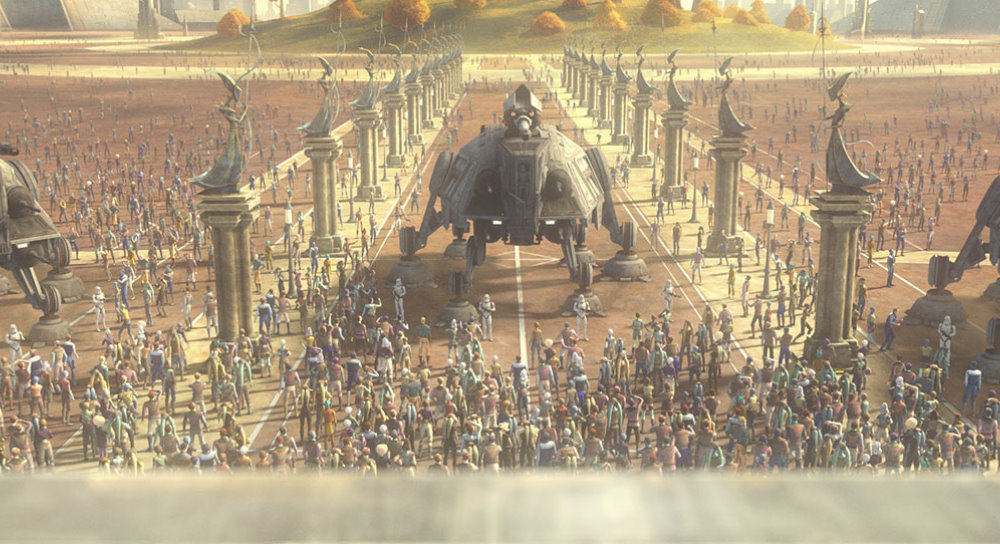 THE LOOK
THE LOOK
The Lucasfilm Animation team outdid itself with 16 beautifully shot episodes. 3D animation has never looked so smooth, nuanced and realistic as it has here, and that deserves special recognition. The evolution of the department is evident if you have watched from the beginning when The Clone Wars opened in 2008. In the intervening 13 years, the department has never stood pat with the good work it had previously done. Details like the way each shot is focused, lighting work and effects like water, fire and smoke have never looked so authentic before. Joel Aron and his team deserve every bit of kudos they get for their careful attention to every detail packed into every frame of this show. Once again, the entire animation department has re-set the bar for excellence in the medium. The show is worth several rewatches, just to appreciate the quality and detail of the animation alone.
 THE STORY
THE STORY
Given how recent the final season of Star Wars: The Clone Wars (2008-13, 2014, 2020) was, it was fair to view season 1 of The Bad Batch as a natural continuation of that story. Indeed, the series debut featured the same voice-over introduction by Tom Kane as we saw in every episode of The Clone Wars. That opener, my second-favorite episode of the debut season, followed the Bad Batch through the events of Order 66 and the declaration of the Galactic Empire.
The Bad Batch was, within established canon, the first story told in a visual medium to take place inside the era between Star Wars: Revenge of the Sith (2005) and Star Wars: A New Hope (1977). Since the completion of the prequel trilogy, this has become an era I am most anxious to learn about, and The Bad Batch get us in on the details of the transition to the Empire era on the ground level. I find the formation, structure and popularity of the Empire fascinating, and this show gives us the best look at it to date.
With the transition from the Republic to the Empire, the batch quickly become men without a country. No longer able to be a supported arm of the government in power, they are left on their own to try and acquire basic assets like food and fuel. They end up working as smugglers and arms dealers for a Trandoshan named Cid, who happily took advantage of the group’s skill for her own gain. For its part, the batch took a pragmatic approach to survival in this new galaxy.
A pattern emerged throughout the season of the batch being sent on missions by Cid. Sometimes the missions were successful, sometimes they weren’t. But the focus of the stories narrowed towards the end, after Hunter was captured and taken back to Kamino, which led the group to rescue their leader.
Will this pattern continue in season 2? How long can the batch just travel through the galaxy, making pennies on the dollar for Cid while also evading the Empire?
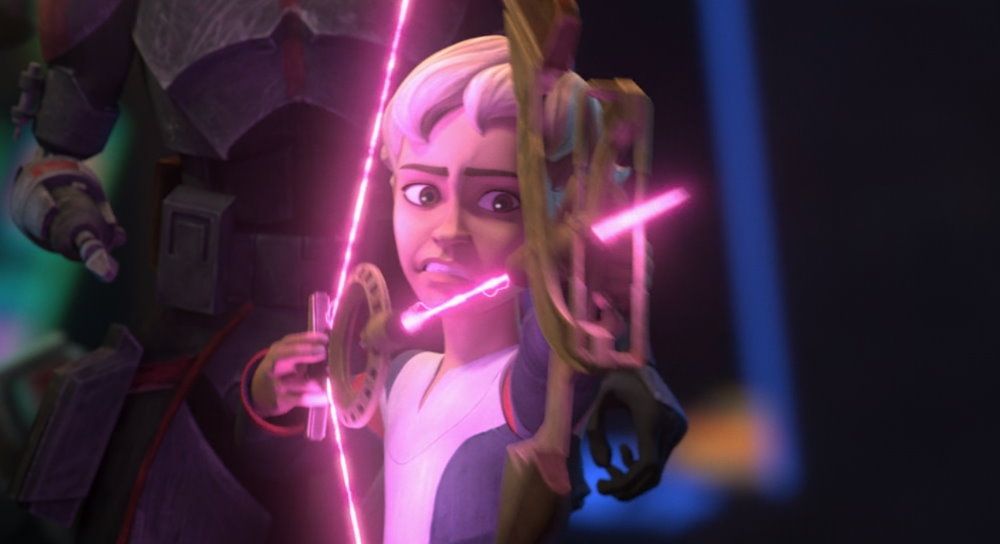 THE CHARACTERS
THE CHARACTERS
A new character joins the group in the form of Omega, a genetic twin of Boba Fett, himself an identical clone of Jango Fett, the template for all clonetroopers throughout the galaxy.
Omega is presented as eager, smart, charming and perhaps a bit naïve. She sometimes acts as the conscience of the group and formed clear bonds with Hunter and Wrecker in particular. To me, she represents a new version of characters like Ahsoka Tano and Ezra Bridger. Characters thrown right into the mix of a conflict they maybe don’t completely understand, but show the courage and conviction to engage in the conflict anyway. As was pointed out in the season finale, Omega is technically older than every member of the batch, given she has no growth acceleration. How much time passes between seasons 1 and 2, and how much will Omega evolve in that time frame?
A good number of familiar characters also pop up throughout season 1, though most of those appearances are limited in nature.
 It was natural to see The Clone Wars mainstays like Captain Rex appear, but we also spent time with younger versions of Hera Syndulla and Chopper from Star Wars: Rebels (2014-18) in an excellent two-parter based on Ryloth. Fennec Shand, first introduced in The Mandalorian, appears as her youngest self seen so far in the saga as a mercenary commissioned by Nala Se to help protect Omega. Governor Tarkin helps establish the Empire’s presence and personality on Kamino in the season opener, then exits, making the way for newcomer Vice Admiral Rampart. Tarkin is racking up quite a resume, having appeared in all three Star Wars animated series (Clone Wars, Rebels, The Bad Batch) to date as well as Rogue One and A New Hope.
It was natural to see The Clone Wars mainstays like Captain Rex appear, but we also spent time with younger versions of Hera Syndulla and Chopper from Star Wars: Rebels (2014-18) in an excellent two-parter based on Ryloth. Fennec Shand, first introduced in The Mandalorian, appears as her youngest self seen so far in the saga as a mercenary commissioned by Nala Se to help protect Omega. Governor Tarkin helps establish the Empire’s presence and personality on Kamino in the season opener, then exits, making the way for newcomer Vice Admiral Rampart. Tarkin is racking up quite a resume, having appeared in all three Star Wars animated series (Clone Wars, Rebels, The Bad Batch) to date as well as Rogue One and A New Hope.
Bib Fortuna, majordomo to Jabba the Hutt and eventual inheritor of his criminal enterprise, shows up early in the season when the batch rescue a baby Rancor on Ord Mantell. This is now the third Star Wars project Fortuna has appeared in and represents a more “forward-linking” character to appear in the show.
The show opened with cameos from prequel-era Jedi Depa Billaba and her padawan Caleb Dume, better known as Kanan Jarrus from Rebels. Kanan’s anguish at losing his master and escape from the clones served as the emotional lead into the show.
Cad Bane, a deadly and popular bounty hunter appears in one episode, where he gets the best of Hunter in a duel. Bane hadn’t been seen since Season 4 of The Clone Wars, and his appearance here answered a number of open questions about his unknown fate.
As we tread more deeply into the original trilogy era, who might we see pop up in season 2? More appearances from Shand, Rex or Cad Bane? Boba Fett seems like a no-brainer, especially given his connection to Omega and The Book of Boba Fett show that begins in December.
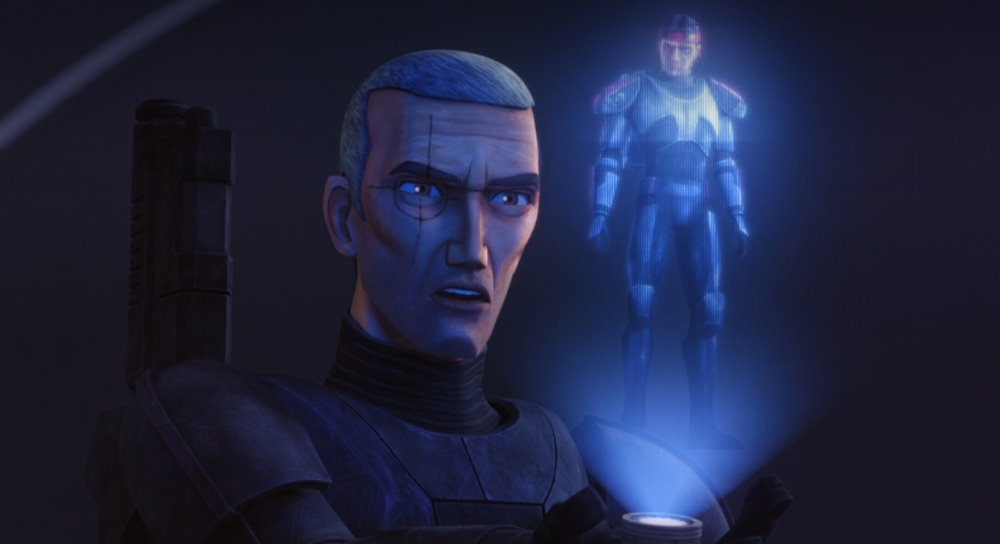 FREE WILL
FREE WILL
I feel this was the central theme of the first season of The Bad Batch. Free will and free choice.
It has been a central question about the clones since we first met them 19 years ago in Star Wars: Attack of the Clones (2002). How “human” are the clones? Do clones have a mind of their own? Do they have a soul? The final three episodes of the first season explore this issue more directly than any other, highlighted by several conversations between Hunter and Crosshair.
Hunter, the leader of the batch, chose to stay with his pack and his pack chose to stay with him as the Republic became the Empire. Crosshair chose a different kind of loyalty, one that went beyond the core five members of the batch. The exchanges between them are well written in the sense that logical merit can be seen on both sides. Crosshair is bitter at the idea his group left him behind, while Hunter is bitter at Crosshair’s inability to forgive and choose what he sees as the morally “right” side. As seen in the finale, Crosshair faces an uncertain future after refusing Hunter’s overtures to rejoin the group.
How will the concept of choice be explored in season 2? How much will independent choices made by characters like Crosshair impact others individually and collectively?
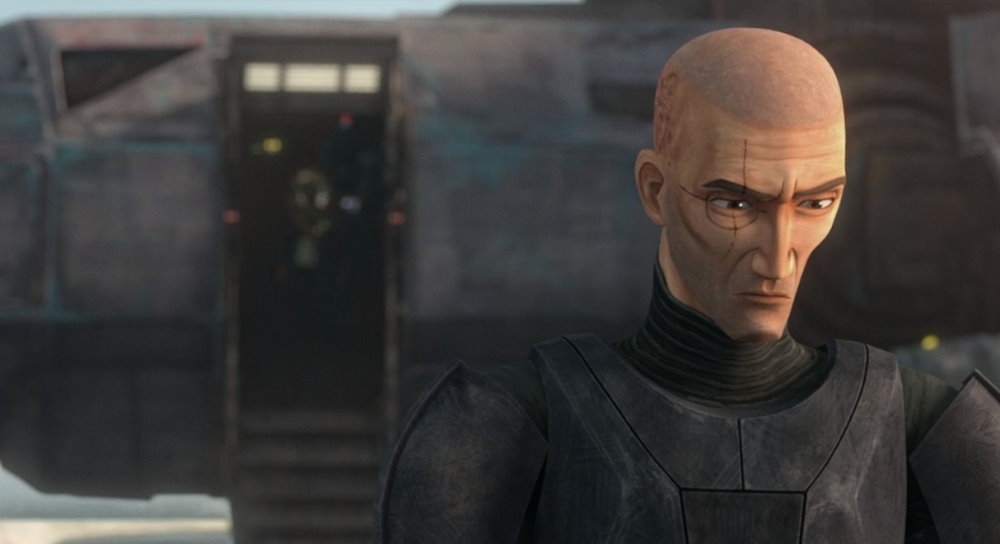 EXPECTATIONS AND HOPES
EXPECTATIONS AND HOPES
The cynical side of me believes Star Wars fans’ biggest enemy are their own expectations for films, books, shows and stories. Rumors and trailers trigger deep fan theories, which form expectations, which are often detached completely from what the project’s writers intend. I mean, sometimes the fans get it right (The Rise of Skywalker, anyone?) but show creator Dave Filoni and supervising director Brad Rau have a specific vision for where this show is headed.
I had it in my head the first season would wrap up with an all-out, epic throwdown between clonetroopers and the newly commissioned stormtroopers. We never got that. And that’s completely OK, particularly given that we have a season 2 to look forward to.
Instead, we dug deeper into the motivations and personalities of these five aberrant clones who wrestle with the question of free will, purpose and function in a new galaxy. We did get a brief glimpse at where the clonetroopers stand in a quick scene in the finale, where a clone reluctantly reports to Rampart that the destruction of Kamino is complete.
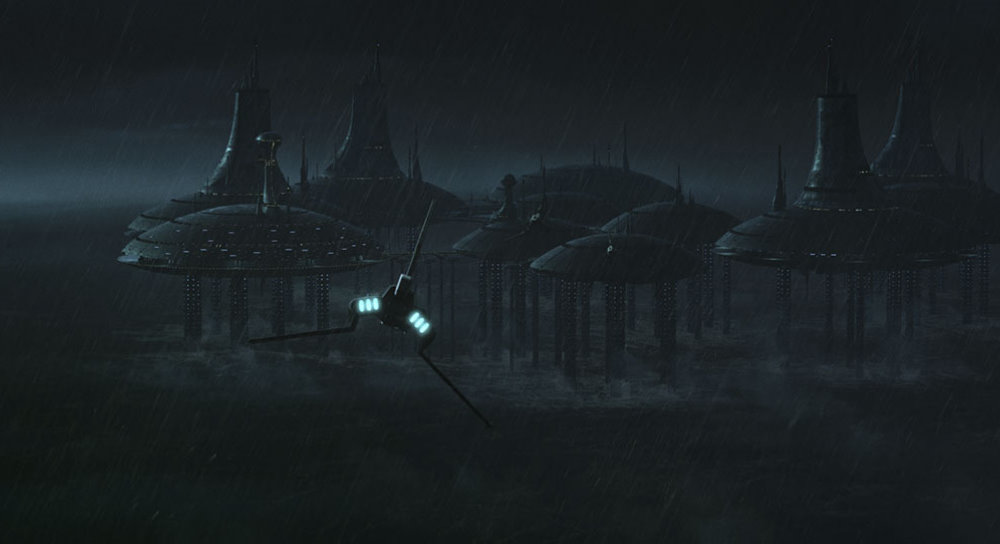 Kamino was such a key planet in the prequel trilogy, and I was thrilled we spent as much time there as we did this season. It was the heart and home of the clones, and to see the Empire take it over, then lay waste to it, told so much story. It was one of my favorite locations of the prequel era and it was gut-wrenching to see it destroyed as it was. However, its destruction was necessary in the story, and serves as an example of what the Empire truly is. We need to see that and feel that. I can’t help but make connections between Kamino (blue and wet) to Geonosis (red and dry) as planets that have opposite compositions but meet the same eventual fate by the Empire as key locations from the prequel era are dispatched by the new dominant force in the original trilogy era.
Kamino was such a key planet in the prequel trilogy, and I was thrilled we spent as much time there as we did this season. It was the heart and home of the clones, and to see the Empire take it over, then lay waste to it, told so much story. It was one of my favorite locations of the prequel era and it was gut-wrenching to see it destroyed as it was. However, its destruction was necessary in the story, and serves as an example of what the Empire truly is. We need to see that and feel that. I can’t help but make connections between Kamino (blue and wet) to Geonosis (red and dry) as planets that have opposite compositions but meet the same eventual fate by the Empire as key locations from the prequel era are dispatched by the new dominant force in the original trilogy era.
In this sense, season 1 fulfilled my hopes of spending a final few hours in the head and environments of the clonetroopers as they are phased out of the galaxy. The evolution from clones to stormtroopers was one of the key unknowns as the prequel era began, and it was exciting for me to see that begin to unfold.
I certainly hope to see a large-scale battle between clones and stormies next season. And if we don’t, I trust the showrunners to do what they’ve always done for me – deliver something better than I hoped for and expected.
I write for The Bearded Trio. I live in Michigan and have been an unconditional fan of Star Wars and Indiana Jones for decades. Follow me on Twitter @bmonastiere
For an episode-by-episode look at the first season of The Bad Batch, click here for reviews from the Fantha Tracks team of all 16 episodes.
- Trends International (Author)
- English (Publication Language)
- 28 Pages - 06/21/2021 (Publication Date) - Trends International Calendars (Publisher)


